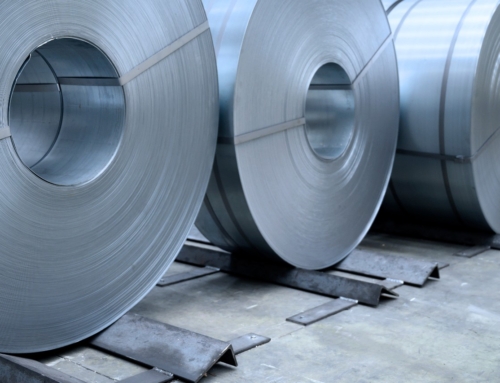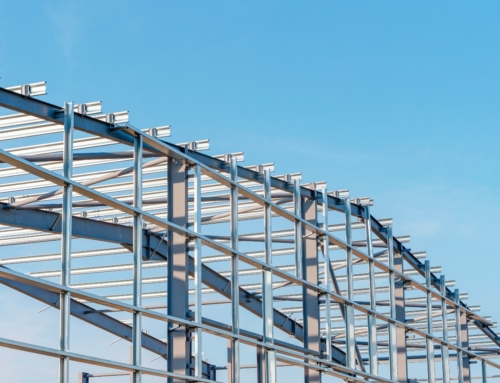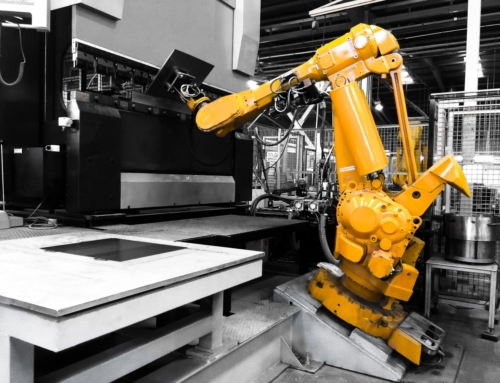Metal extrusion: what it is and how to do it best
Everything you need to know about metal extrusion, a process that serves the industry
Metal extrusion is one of the most versatile processing techniques used in the metallurgical industry. This process allows raw metals to be turned into complex shapes, making them suitable for countless industrial and commercial applications.
In this article we will explain how the extrusion process is done and how to get the best results.
What is metal extrusion
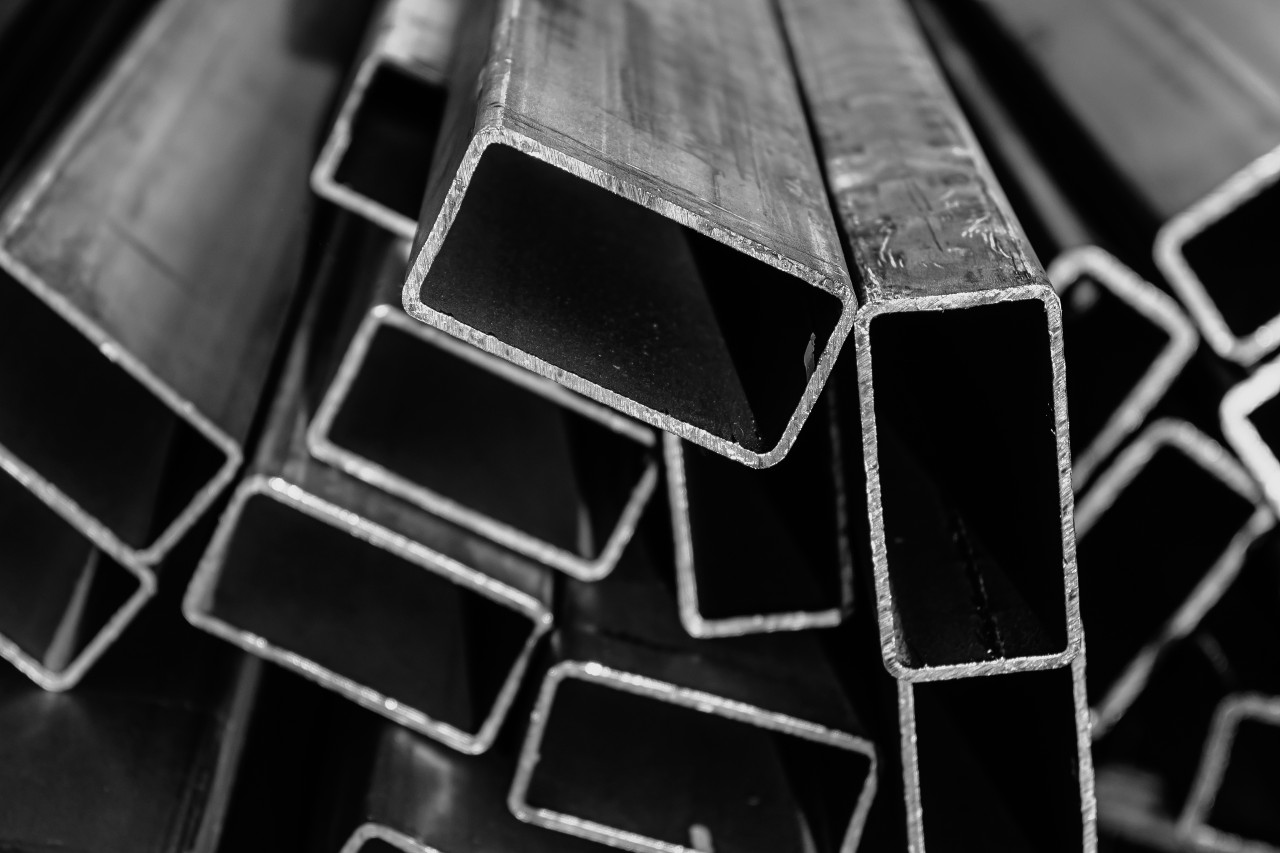
Metal extrusion is a mechanical machining process which transforms a metal material into a section with a continuous and uniform profile. The metal is pushed through a matrix that defines the final shape, allowing continuous profiles such as tubes, bars, and complex profiles used in various industrial sectors to be produced.
It is particularly used for the production of components for the automotive, construction and transport industries, thanks to its ability to obtain light and resistant shapes. It also allows for the production of workpieces with special internal geometries which are difficult to achieve by other processing methods. Extrusion of metals such as copper, magnesium and titanium is also used in the electronics and aerospace industries where a combination of precision and mechanical performance is required.
Extrusion can be performed either hot or cold, depending on the desired characteristics in the final product and the material used:
- in hot extrusion the metal is heated to a temperature where it becomes more malleable, facilitating passage through the mold. This method is particularly used for materials such as aluminum and steel;
- in cold extrusion, on the other hand, the process takes place at room temperature, requiring higher pressures, but giving the final product a greater resistance and dimensional precision.
There are also two specific extrusion methods:
- direct extrusion: refers to the practice of performing the extrusion of a metal without intermediate passes or without significant additional processing. The heated metal is then loaded into the extrusion chamber of the press, where considerable pressure is exerted by a screw or hydraulic piston in order to push it through the die;
- indirect extrusion: is a metal-working process involving the use of a die or matrix. The material is pushed through an extrusion chamber, which can be heated to facilitate plastic deformation of the material.
How the metal extrusion process works
The metal extrusion process follows some essential steps to achieve the desired profile, in particular:
- preparation of the metal: the raw material is cut into a block or cylinder, depending on the size required;
- insertion into the extrusion press: the ingot is inserted into the extrusion press, where a piston pushes it against a die which has the shape of the desired profile;
- flow of the metal through the matrix: under the action of the compressive force, the metal flows through the matrix, taking the shape of the desired section;
- cooling and treatment: after leaving the die, the extruded profile is cooled quickly, often by a jet of water or compressed air. It can then be subjected to heat treatment to improve its mechanical properties.
How to best perform metal extrusion
To perform the metal extrusion process at its best, it is essential to consider several factors that affect the quality of the finished product and operational efficiency. Here are some key tips for optimizing results:
- choose the appropriate material according to the type of final application. For example, aluminum is ideal for lightweight components that are not subject to excessive stress, while steel offers greater strength even under heavy working conditions;
- adjust the temperature: in hot extrusion, the metal must be heated to an optimal temperature to reduce the resistance of the material and allow a smooth flow through the mold, but not too close to the melting point, because this could compromise the structural properties of the product. Extrusion speed is also an important aspect: too high a speed could lead to surface defects and overheating problems, while too low a speed could slow down the process and increase costs;
- regular maintenance of the dies: a worn or damaged die can compromise the quality of the extruded profile. Careful storage and timely replacement of the matrices are essential to ensure optimal results and maintain high quality of the profiles obtained.
What are the applications of metal extrusion
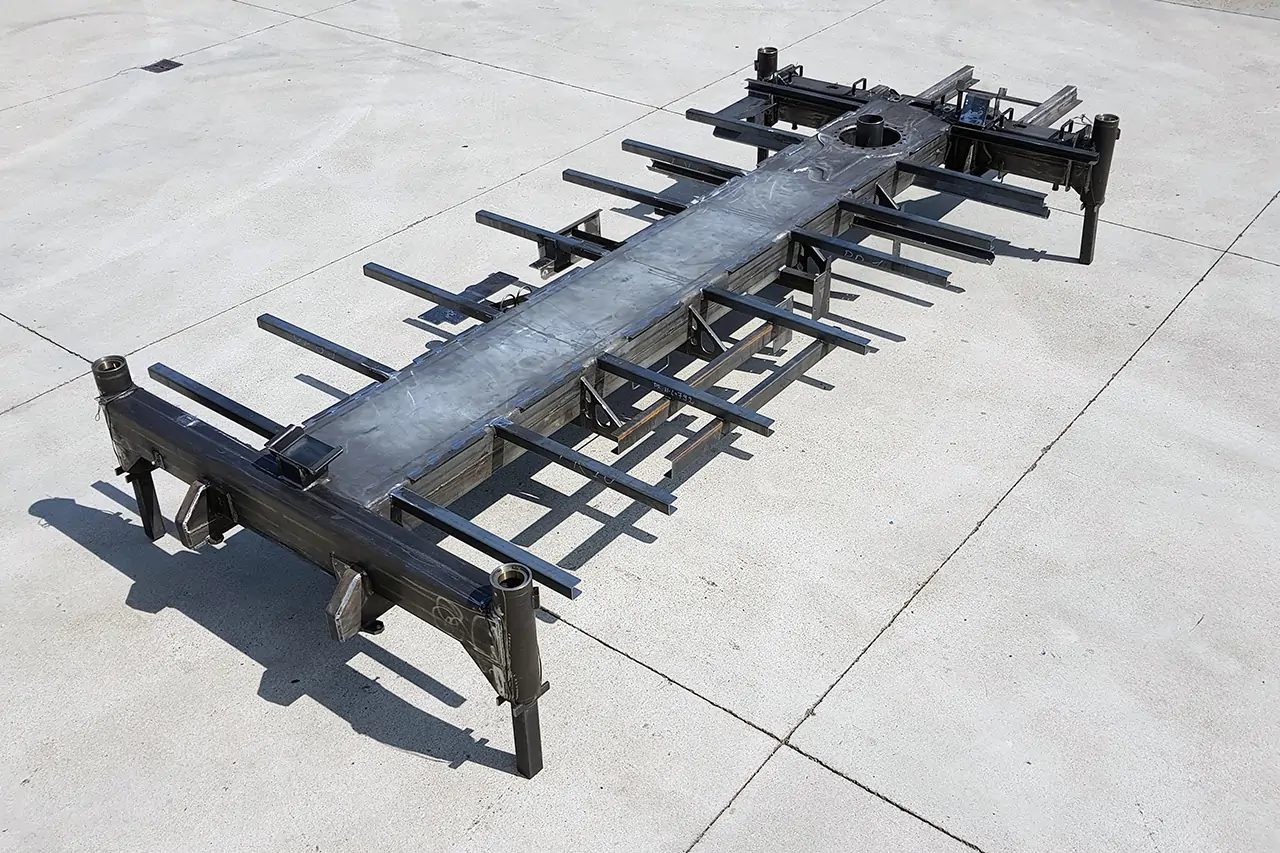
Metal extrusion has applications in a wide range of industries, due to its ability to produce products with complex shapes and specific mechanical properties. One of the main sectors in which this process is used is automotive, where extrusion is used to produce lightweight but resistant structural components such as frames, supports and shock bars, but also commercial vehicle components or car carrier trailer parts, drilling machines components and aerial work platform equipment.
In the construction industry, extrusion is essential for the production of metal structures, aluminum and steel profiles used in windows, curtain walls, drainage systems and structural supports, which combine strength, corrosion resistance and design versatility. Another important area is electronics, where extrusion is used to create heat sinks, circuit support structures and other components that require good thermal conductivity and high precision.
Performing the extrusion process to its best requires specific skills and a deep knowledge of materials, techniques and machines used. For this reason it is important to rely on companies with a long experience in the metal carpentry sector, such as Ferrero Industrial.
Ferrero is able to produce high quality machining and very high precision components for various industrial sectors, thanks to the use of cutting-edge technologies, where extremely tight tolerances and accurate finishes are essential to ensure optimal performance. All the components manufactured by the company combine strength and design flexibility, offering customized solutions that meet the specific needs of customers, both in terms of size and shape and durability. Ferrero Industrial also performs a rigorous control of all process steps, from material selection to the various processing and finishing stages, ensuring the quality and compliance of finished products with high industry standards.
If you need more information, contact us!


